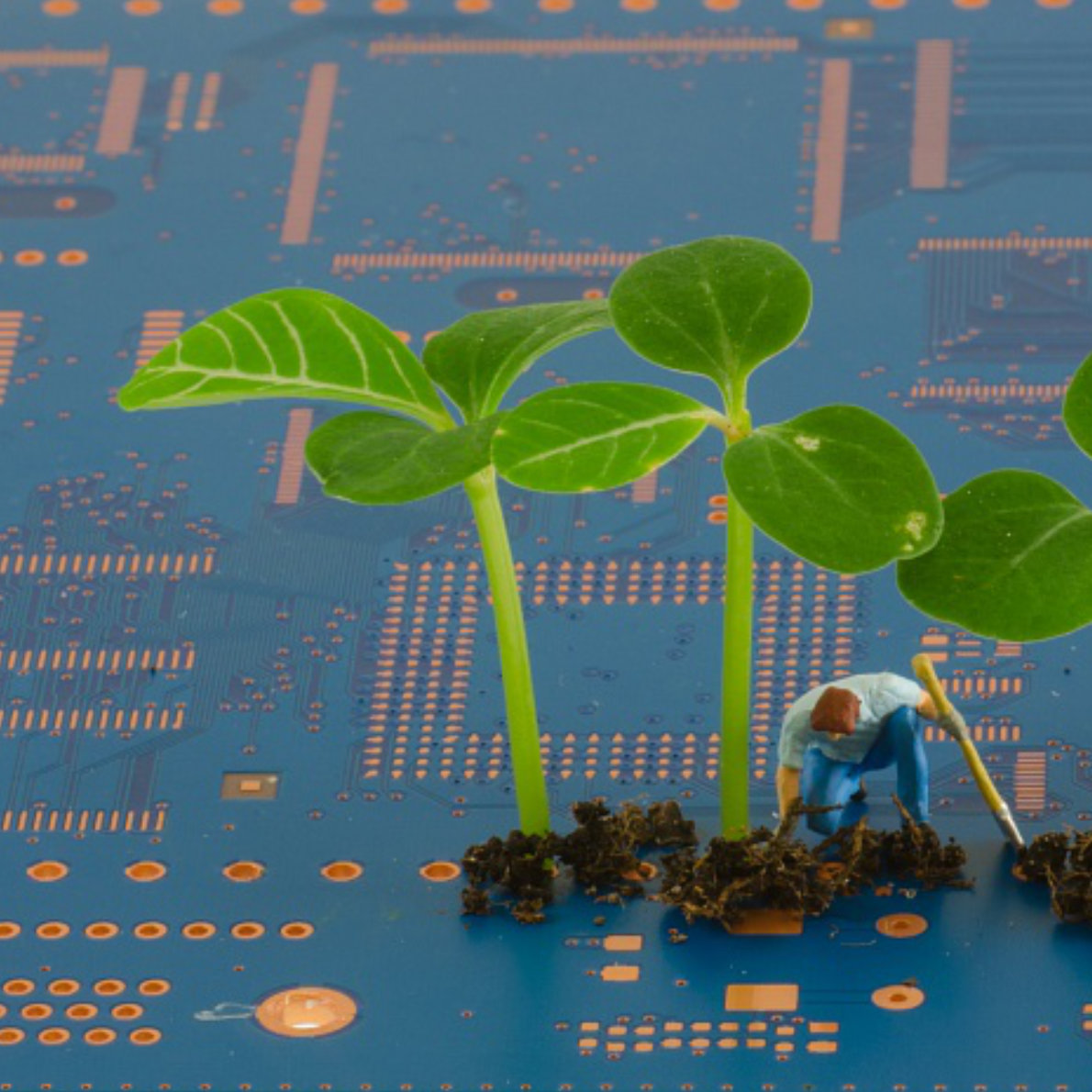EcoDesign and circular technologies (Green ICT)

Information and communication technologies (ICT) have specific challenges regarding the environmental aspects. The demand for high performance together with the low power consumption requires to involve many different materials, including critical materials, and constrain the design rules. The technical needs for the use of certain materials must be balanced with the environmental burden through e.g. substitution, quantity reduction, resource efficiency and higher recyclability. The compromise between performance in use phase and the overall resource efficiency during the whole lifecycle can lead to design conflicts. As an example, small quantities of critical metals (such as tantalum, III-V materials, tungsten, germanium…) are usually not recovered at the end of life of ICT products. The sustainable solutions must be also economically viable to be implemented.
Our research focuses on developing cost and environmental models at the design phase of an electronic product to promote sustainable products along with resource and cost-efficient production. We conceive complex holistic environmental analysis to quantify benefits/risks, as well as to prioritize eco-design measures. We propose strategies for technology development and system-level improvement towards sustainability and circularity. One of our objectives is to be a scientific mediator between the recyclers and the manufacturers in the ICT industry to promote the recyclability and the introduction of secondary raw materials in high tech products. This includes the electronic, as well as the mechanical parts and housing. We identify and quantify the critical raw materials in electronic systems to adapt the design for re-use, repair and recycling.
The research area “Technologies for Resource Efficient Electronic Systems” focuses on the following points:
- cost & environmental modelling (production processes & technological comparison for resource-efficient manufacturing)
- environmental cost-benefit analysis for product application
- carbon footprint analysis
- critical raw material use in ICT
 Fraunhofer Institute for Reliability and Microintegration IZM
Fraunhofer Institute for Reliability and Microintegration IZM